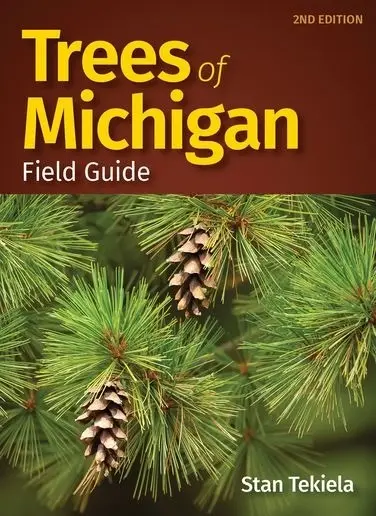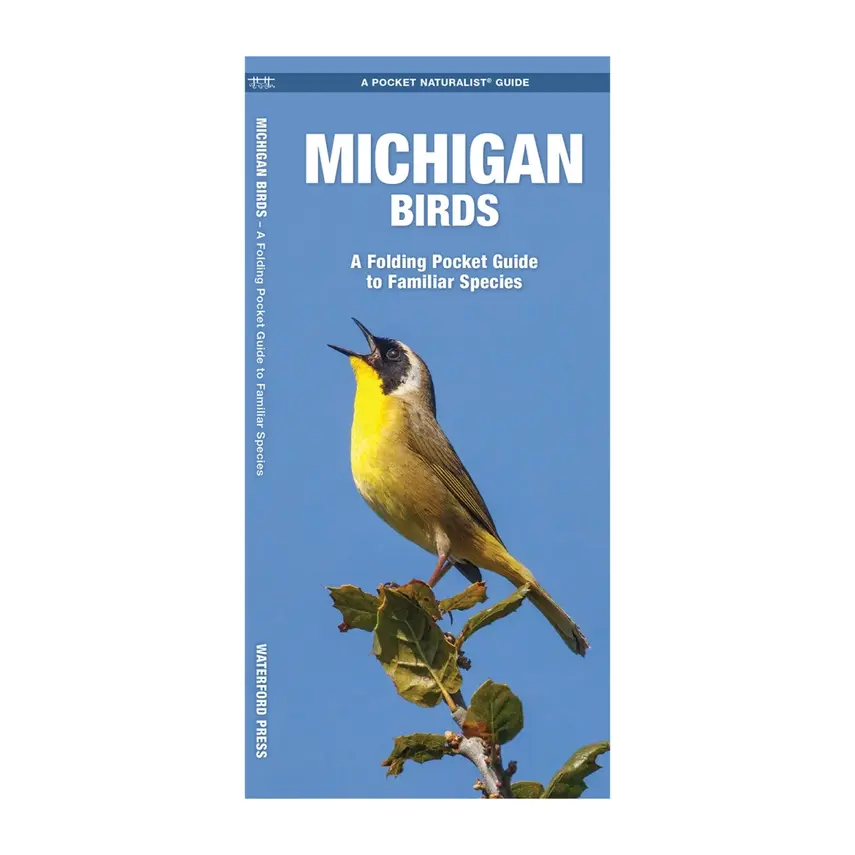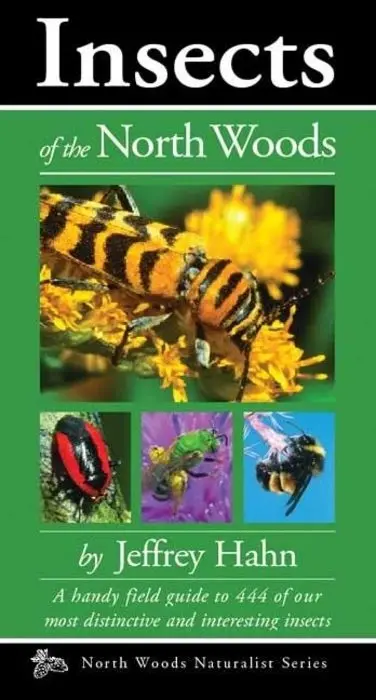Solidago juncea, or Early Goldenrod, is a native wildflower native to Michigan and the UP. Goldenrod is essential for pollinators, butterflies, and birds. Early Goldenrod, as its name implies, starts the bonanza of goldenrod nectar earlier than its relatives with fireworks-style blooms that can start in July. Composite flowers are mildly fragrant, showy, and make a good cut flower.
Early Goldenrod prefers medium sandy loam and full sun, but will tolerate dry, clay, or rocky soil and part sun. Successful under jack pine. Typically 2 feet tall, it can get a bit taller depending on conditions. Spreads by rhizome and may not be suitable for small spaces, although it is polite when given competition, as in a prairie planting. Very attractive to pollinators and butterflies while resistant to deer. The timing of this goldenrod's bloom makes it appealing to Monarchs laying their last eggs or preparing to migrate.
This plant is considered a Keystone Native Plant according to the National Wildlife Federation Keystone Native Plants list for our ecoregion. Plants in this family are used by 135 species of caterpillar as a host plant. Since most birds feed their young almost exclusively on caterpillars during nesting season, utilizing this plant in your landscape also supports birds. This plant family also supports 22 species of pollen specialist bees, making it a great choice for pollinator support. Plus, it’s pretty!
Early Goldenrod (Solidago juncea)
A safe time period to plant your flowers outdoors would be mid-May, preferably the 15th-20th. Until then...
"Back Deck" your flowers. This means place your flowers outside on most days but bring in on nights colder than a light frost.
Indoors, your flowers should be in temperatures no warmer than 70 degrees. There is a fair amount of babysitting, but it shouldn't last more than a few weeks.















